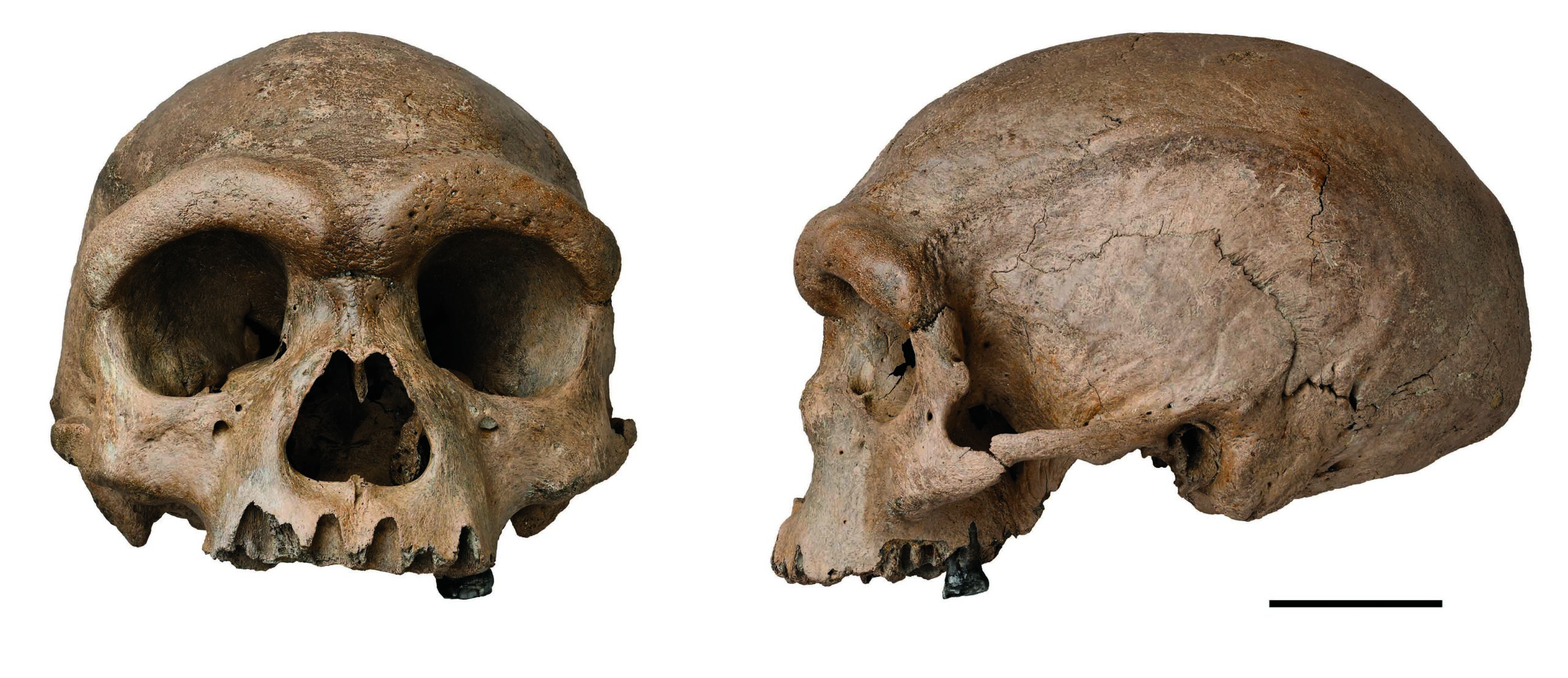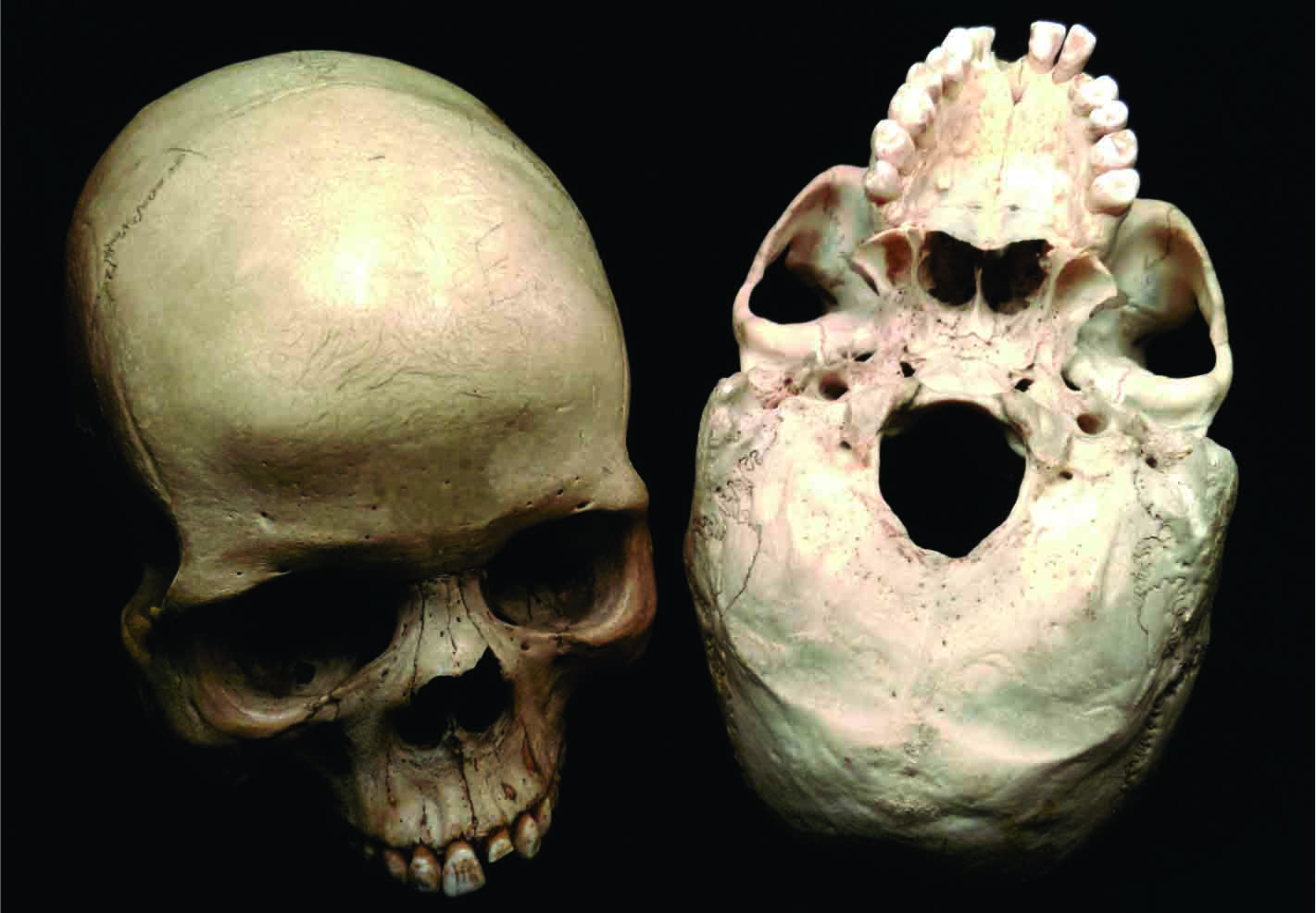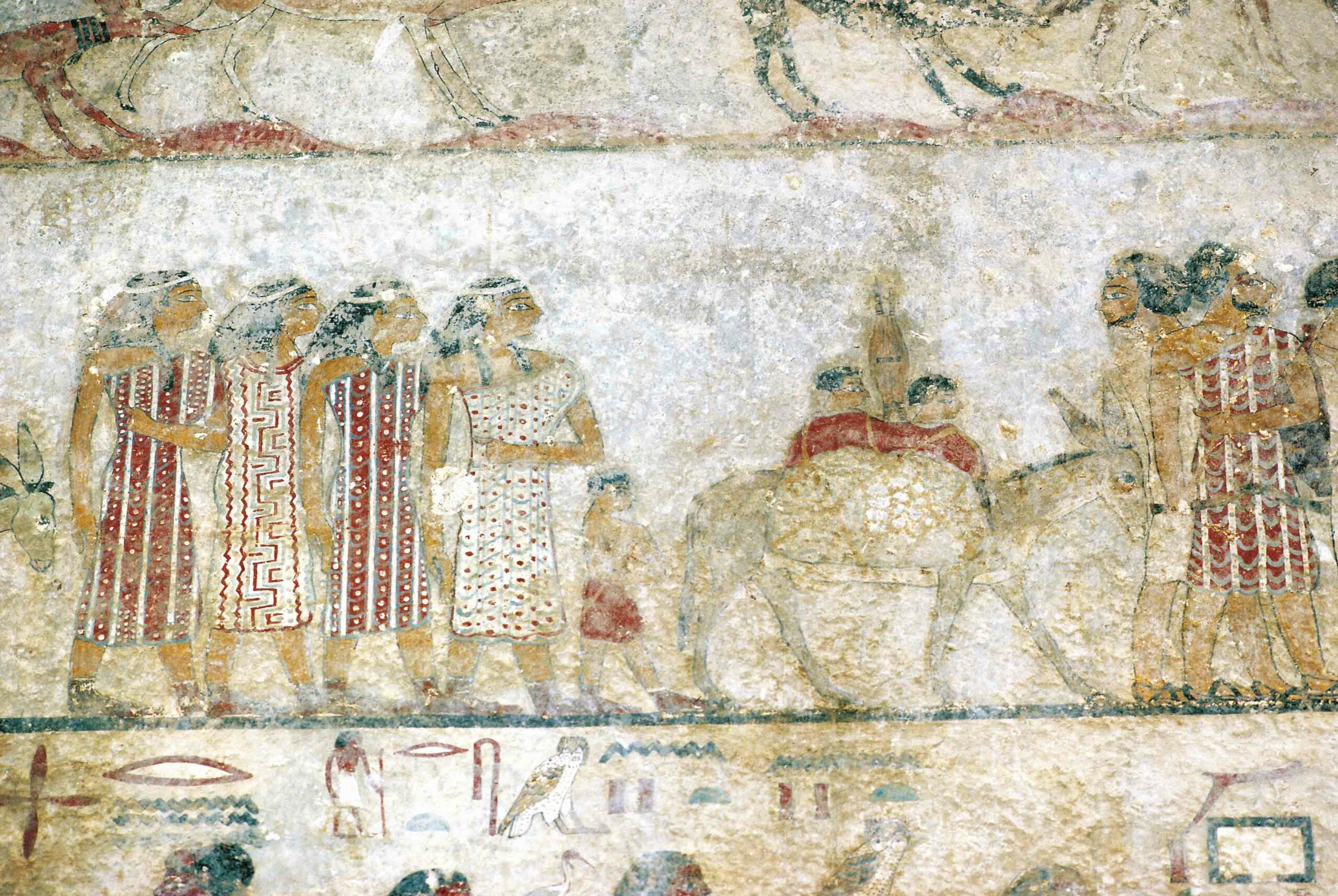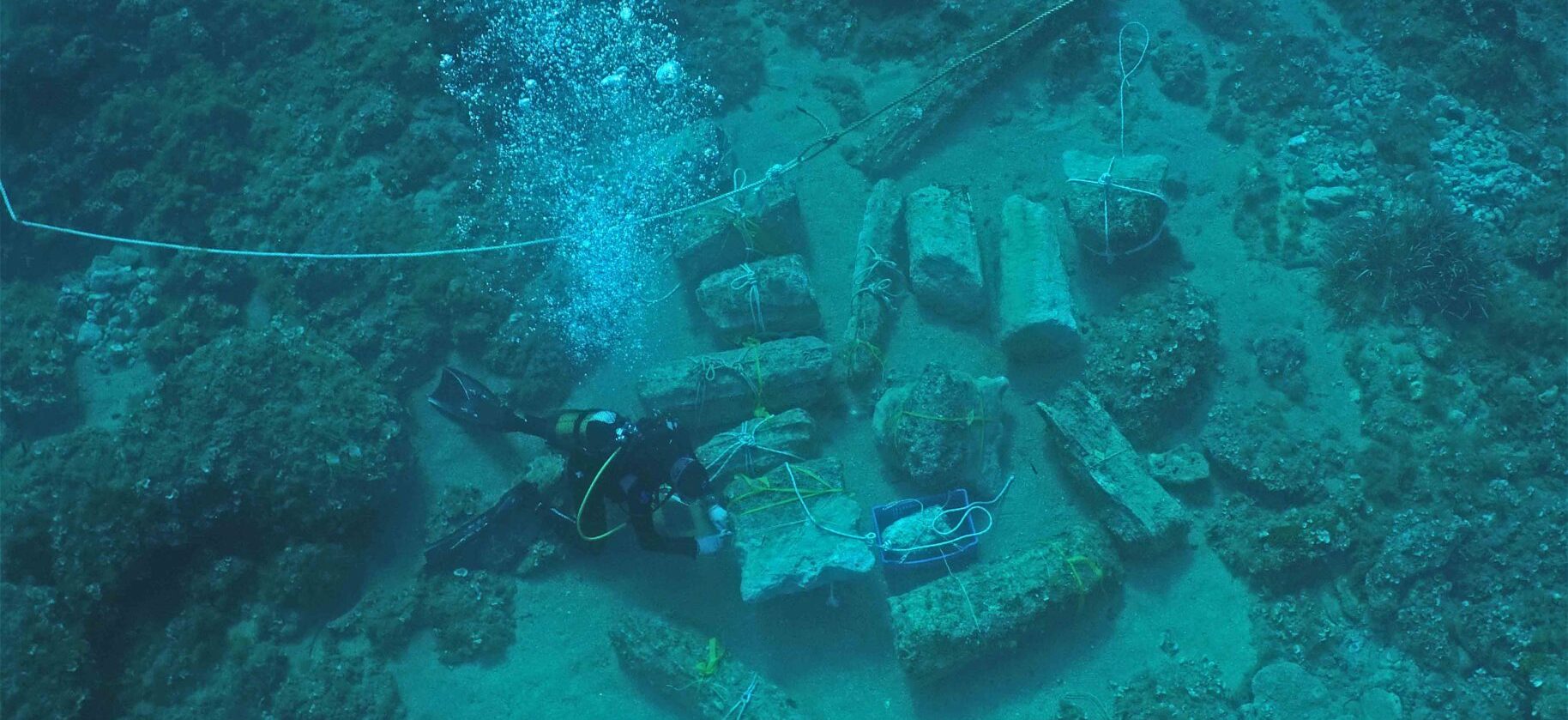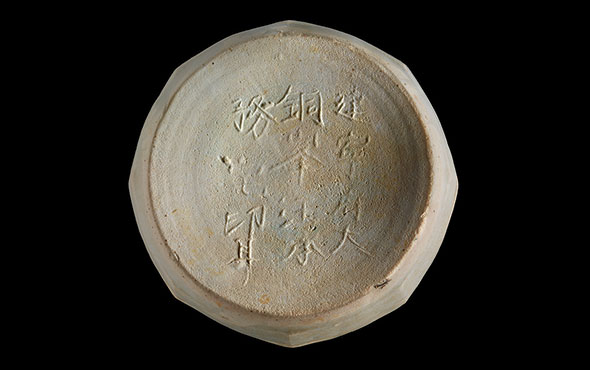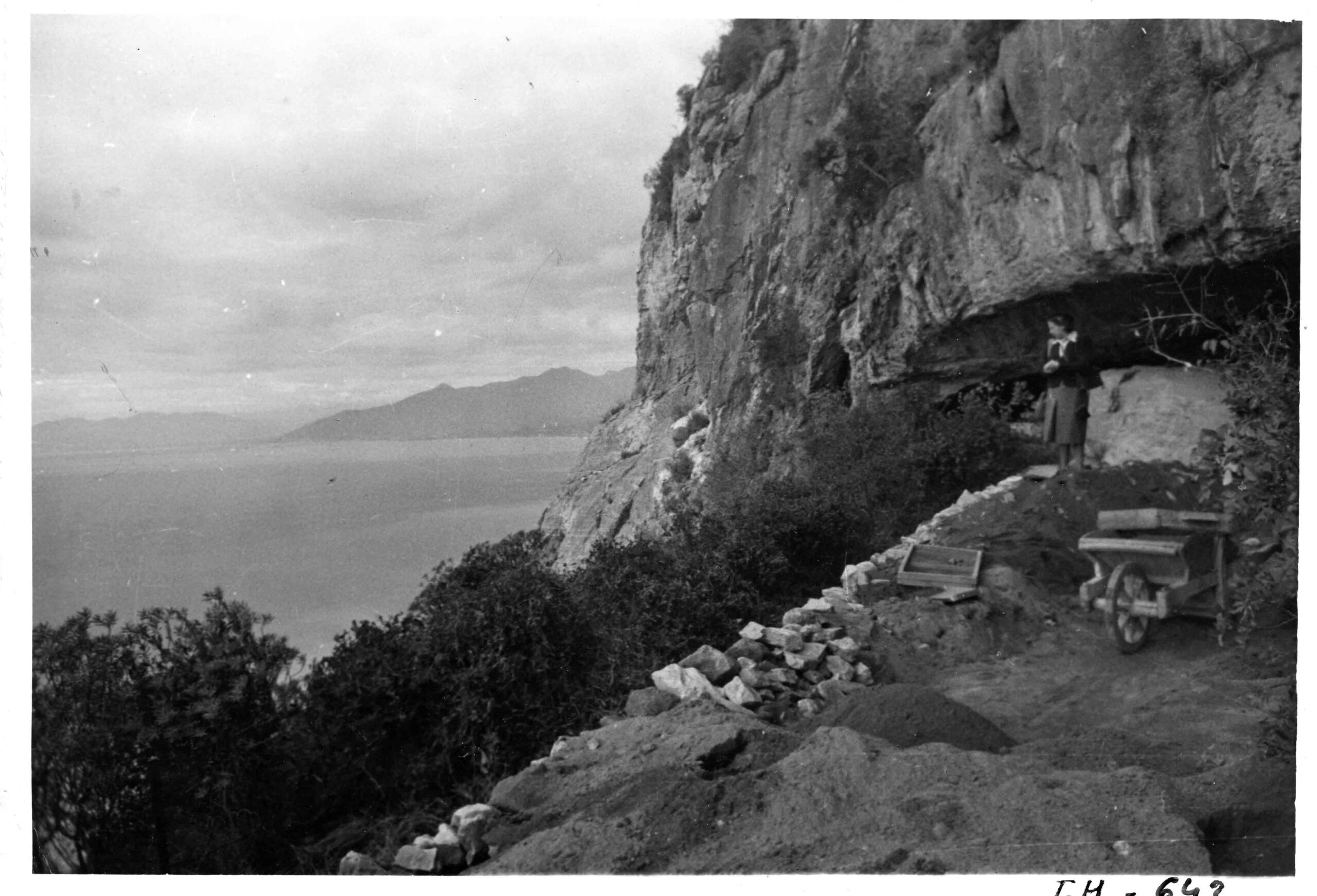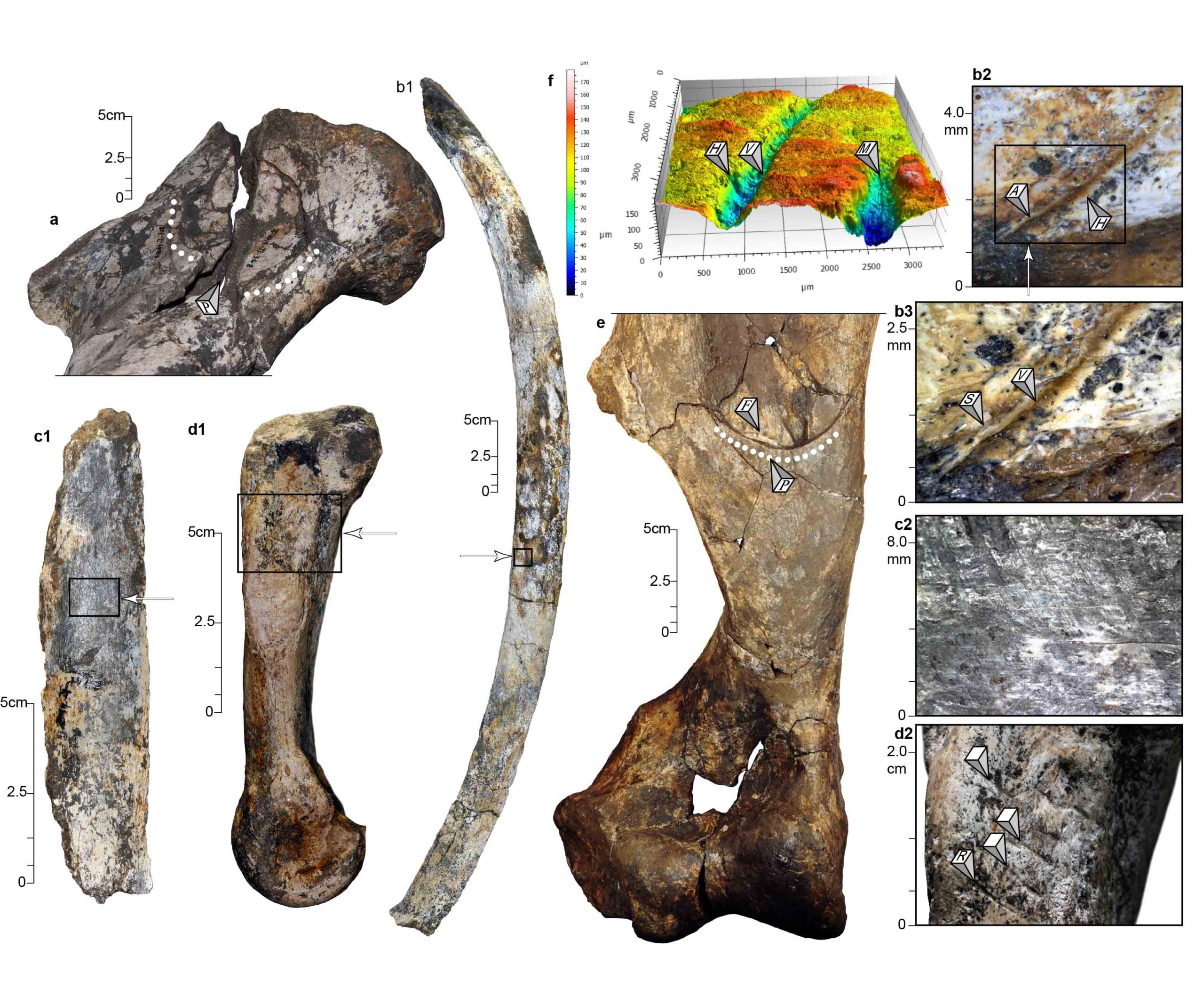

A new discovery on the island of Luzon pushes back the arrival of humans in the Philippines from 67,000 years ago to more than 700,000 years ago. An international team of researchers studied 57 stone tools found at the site of Kalinga alongside rhinoceros bones that show evidence of cut marks made while butchering them. Some of the bones had also been smashed open, suggesting that people were after the nutrient-rich marrow.
This discovery supports the suggestion that hominins during the Middle Pleistocene (781,000–126,000 years ago) were able to build watercraft capable of ocean crossings and could navigate the South China Sea to reach Luzon from mainland Asia. At the moment, the researchers are hesitant to pin down which human ancestor may have made the journey, suggesting that it may have been either Homo erectus or early members of the recently identified Denisovans who undertook the journey.



